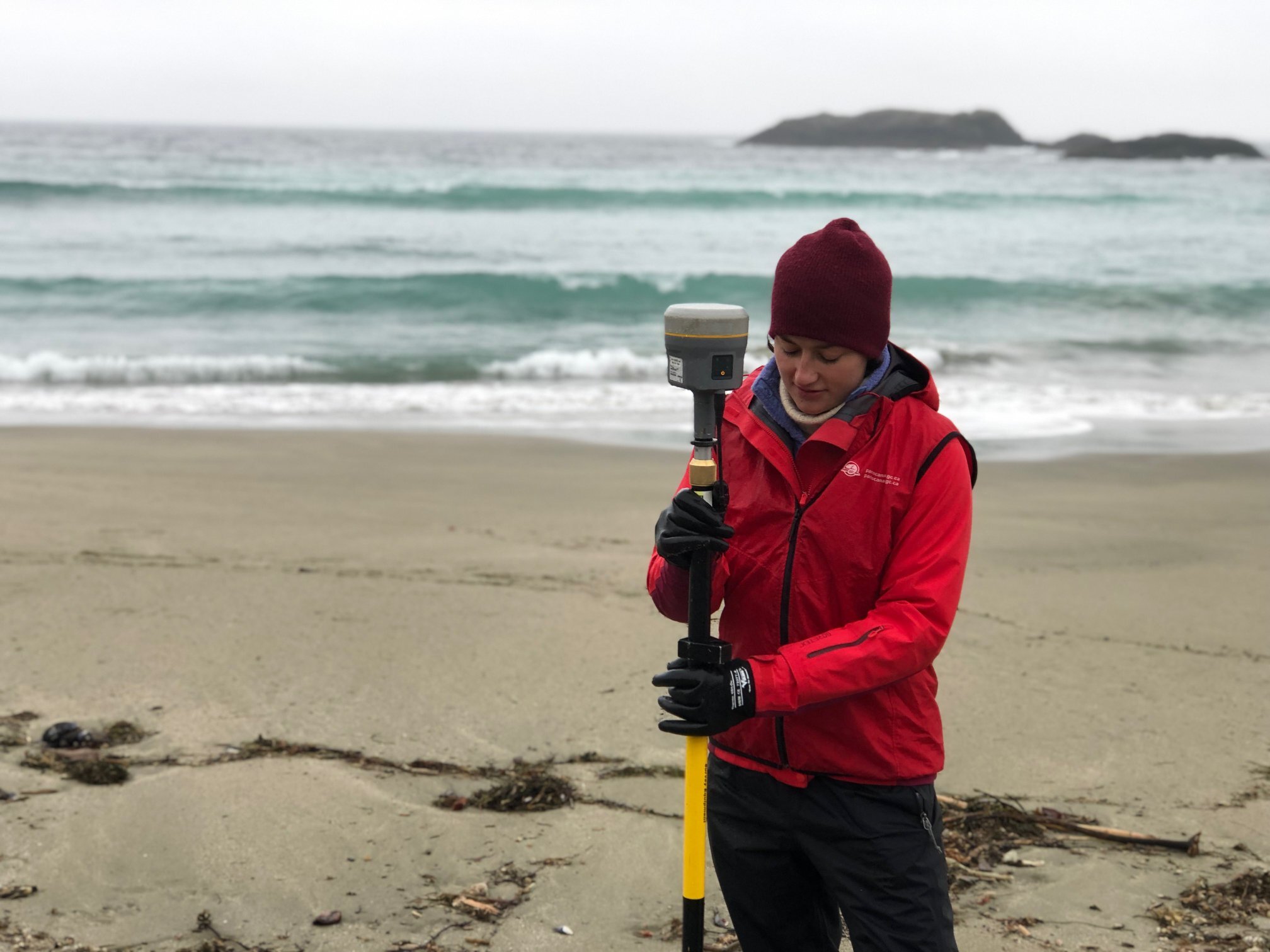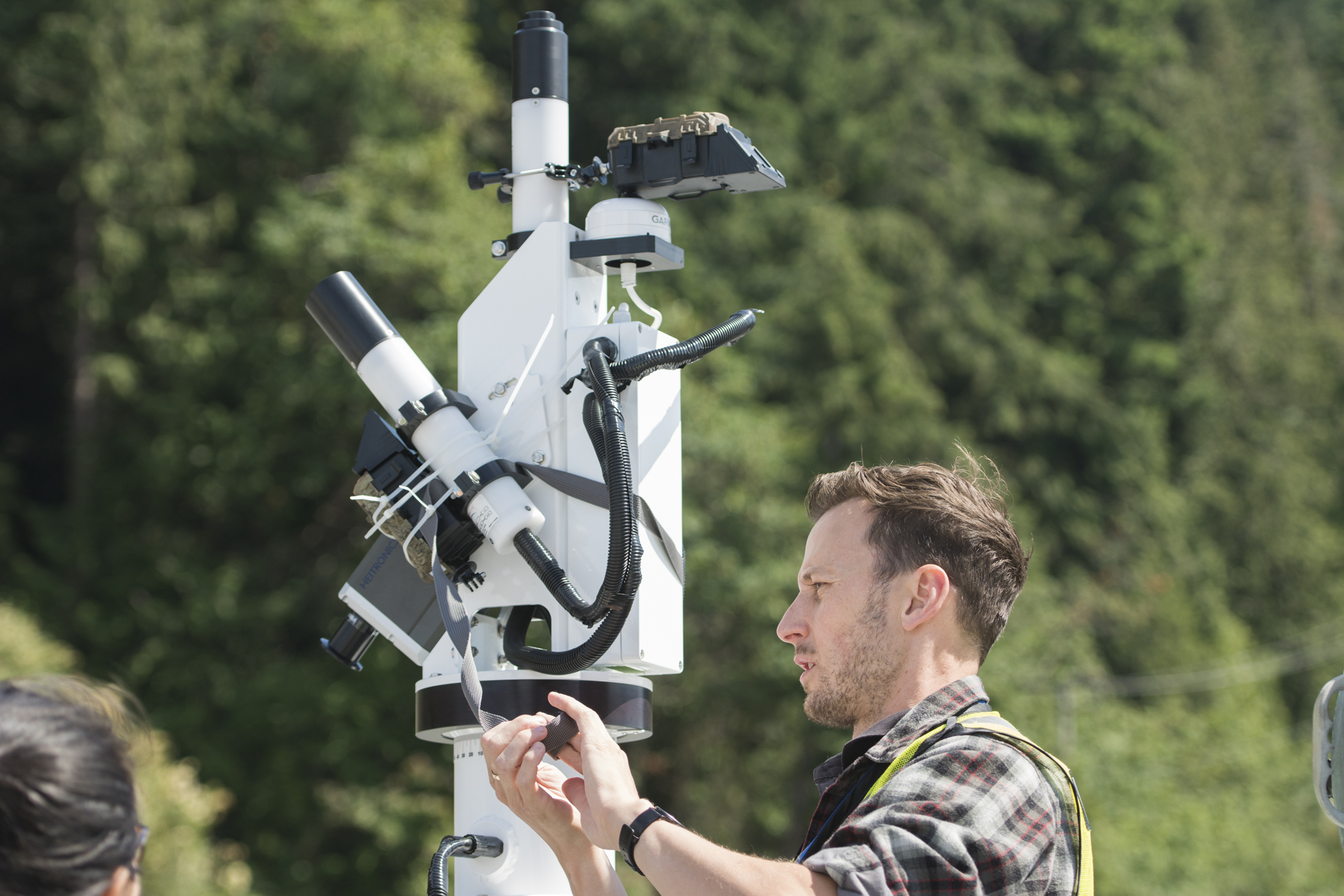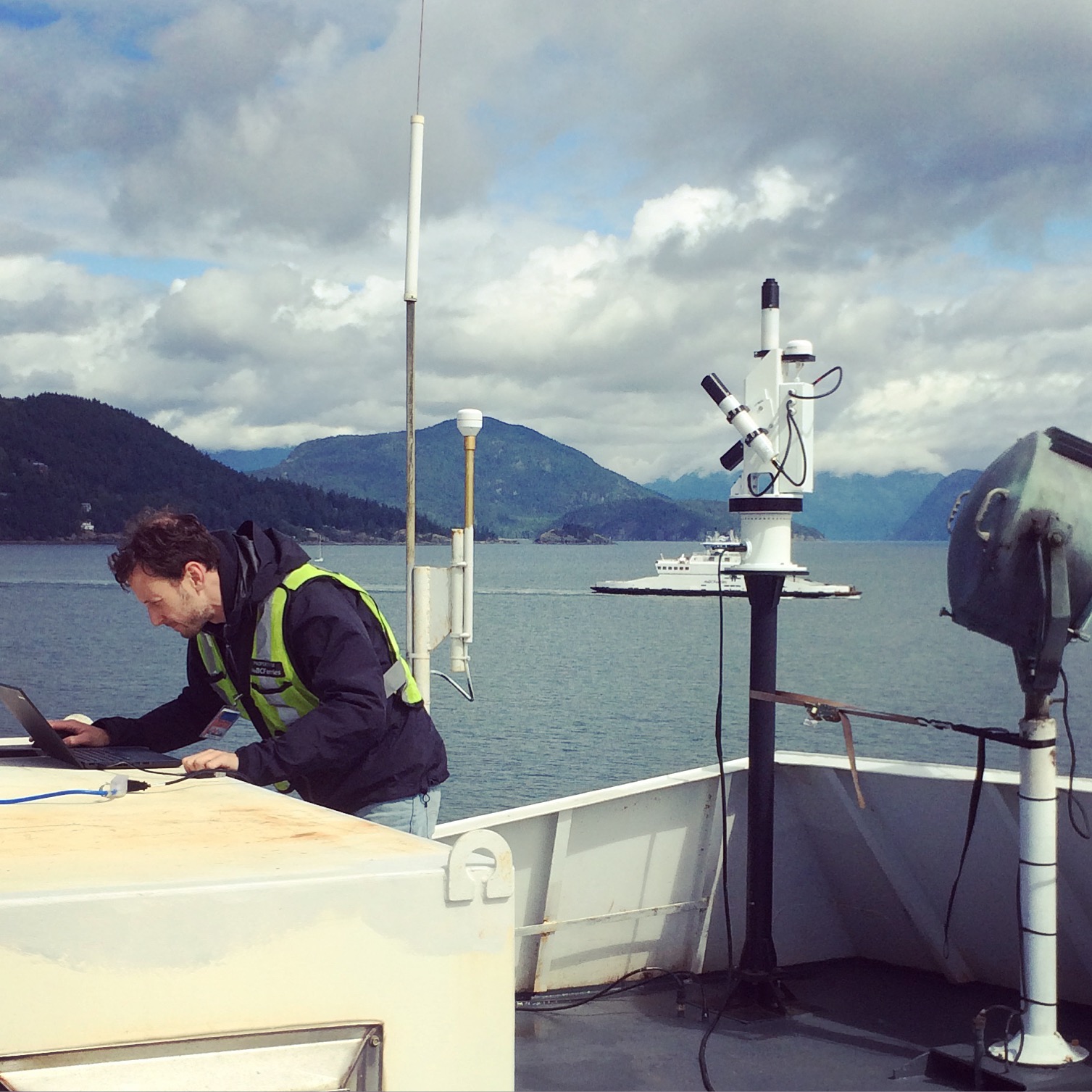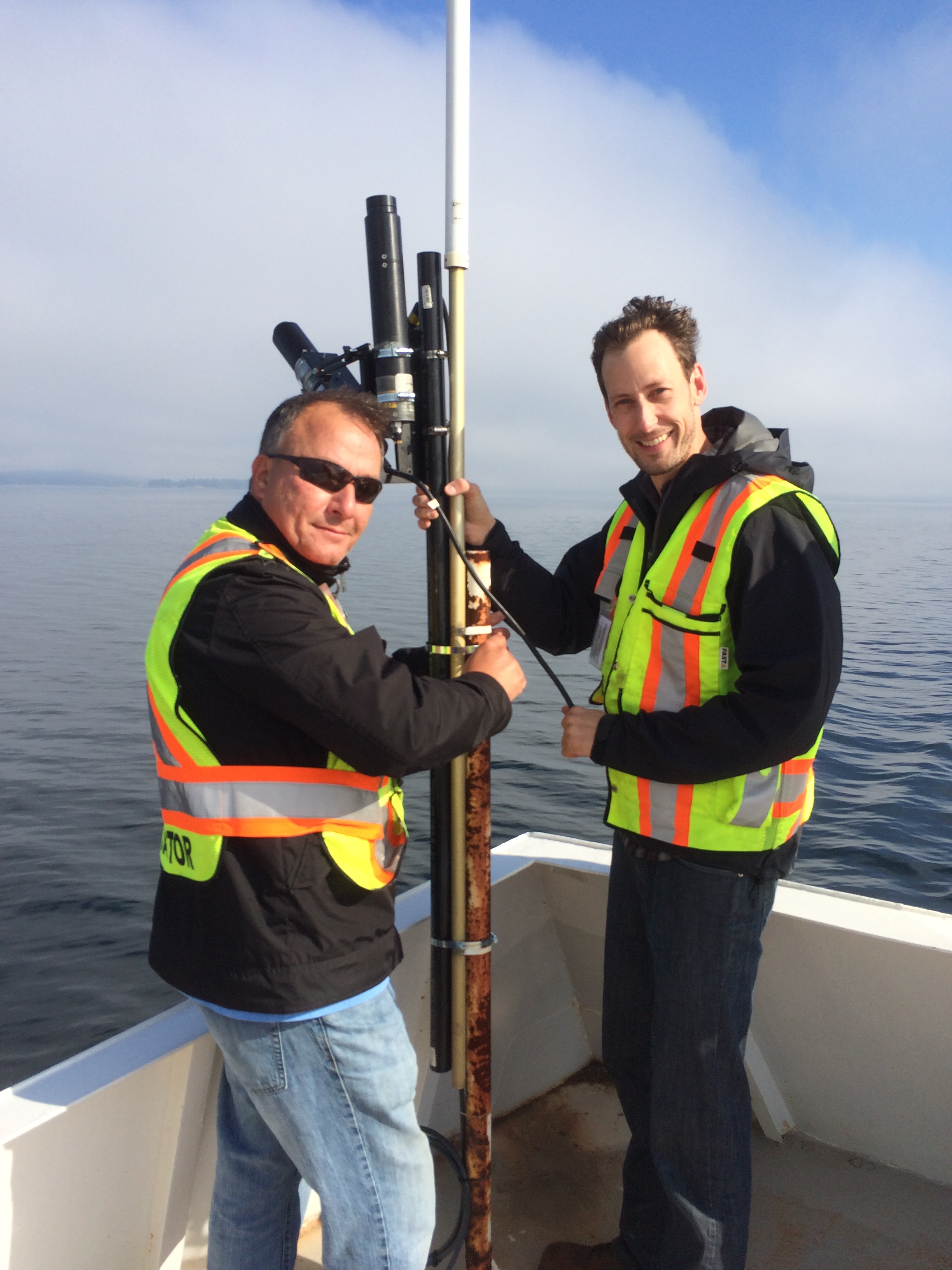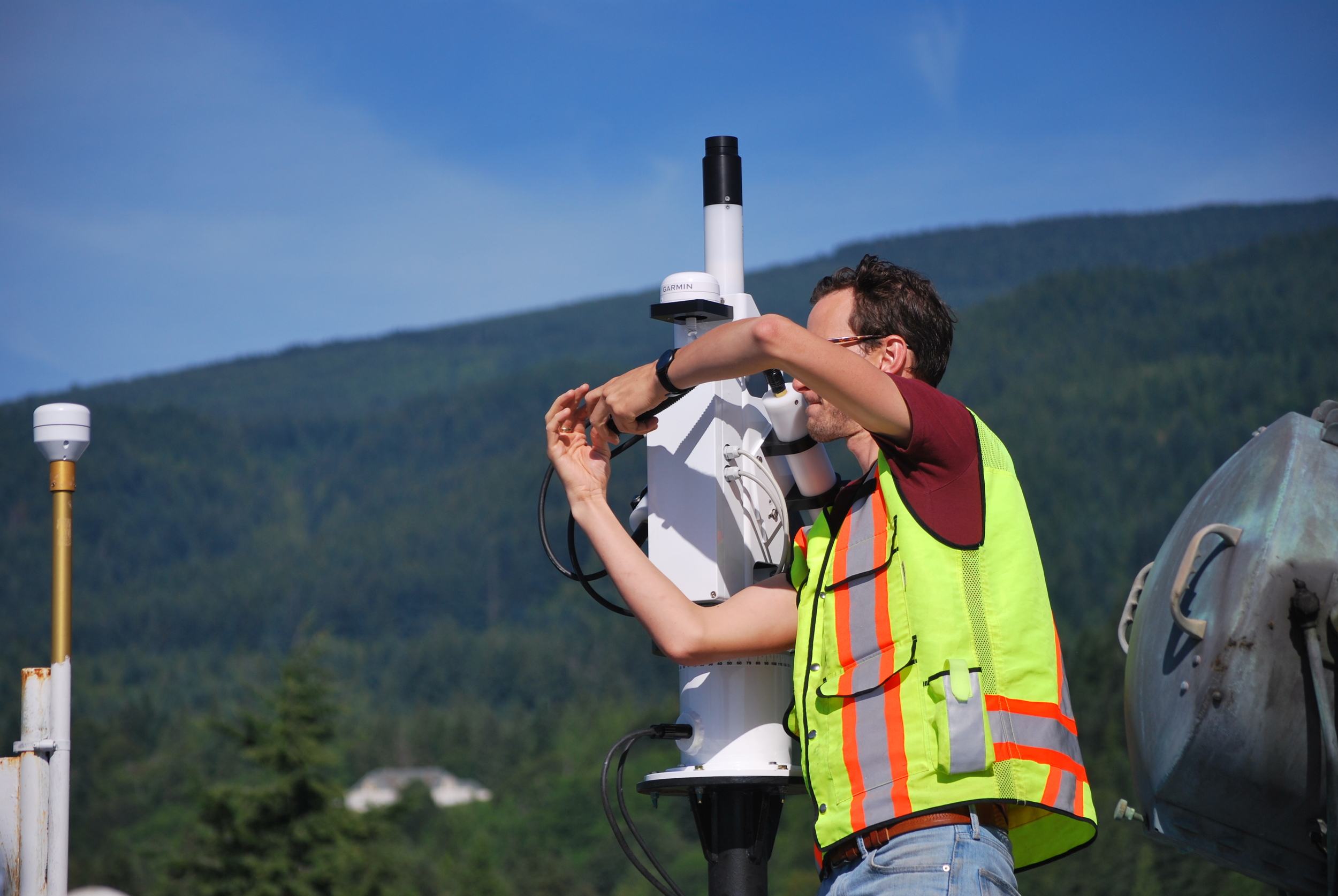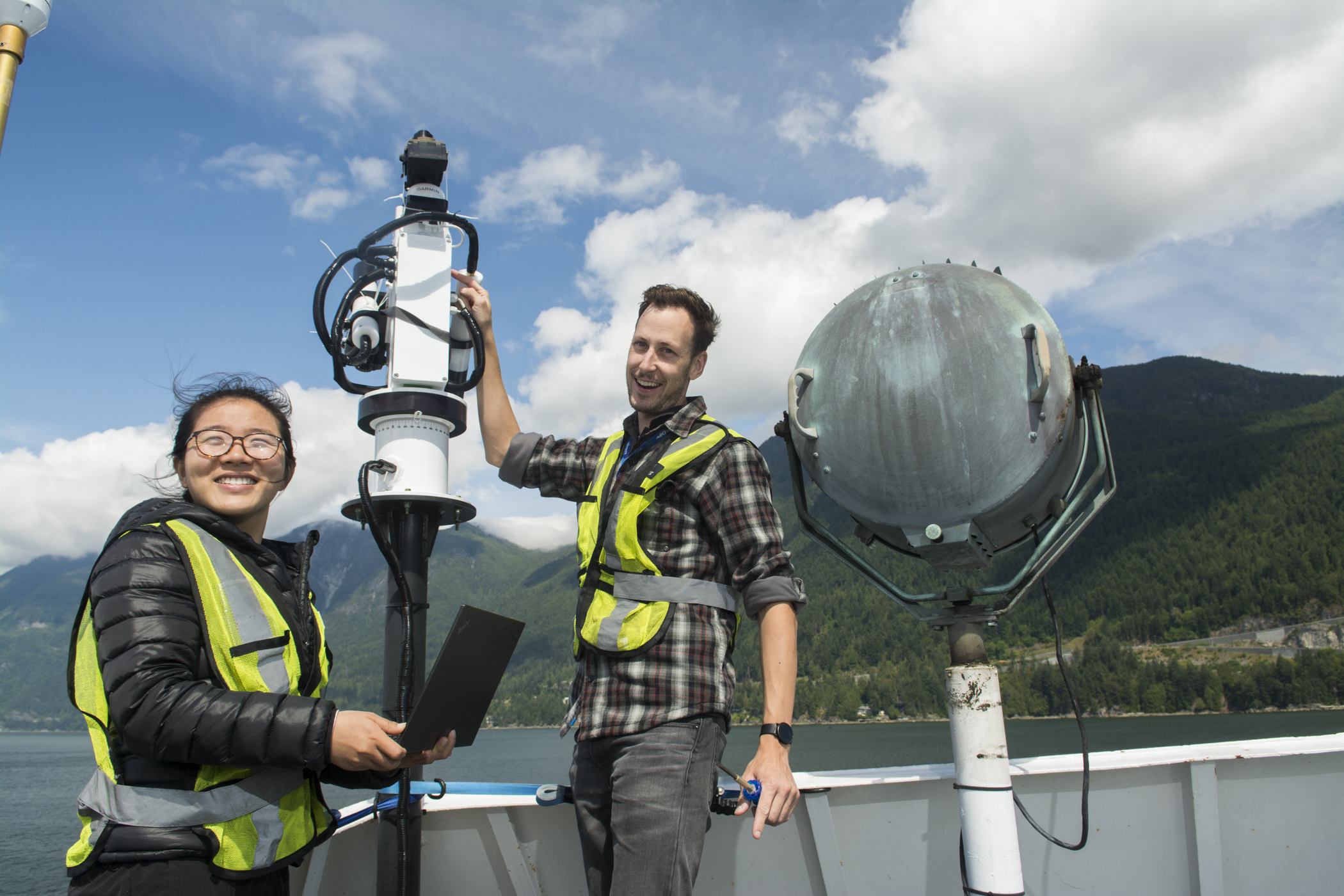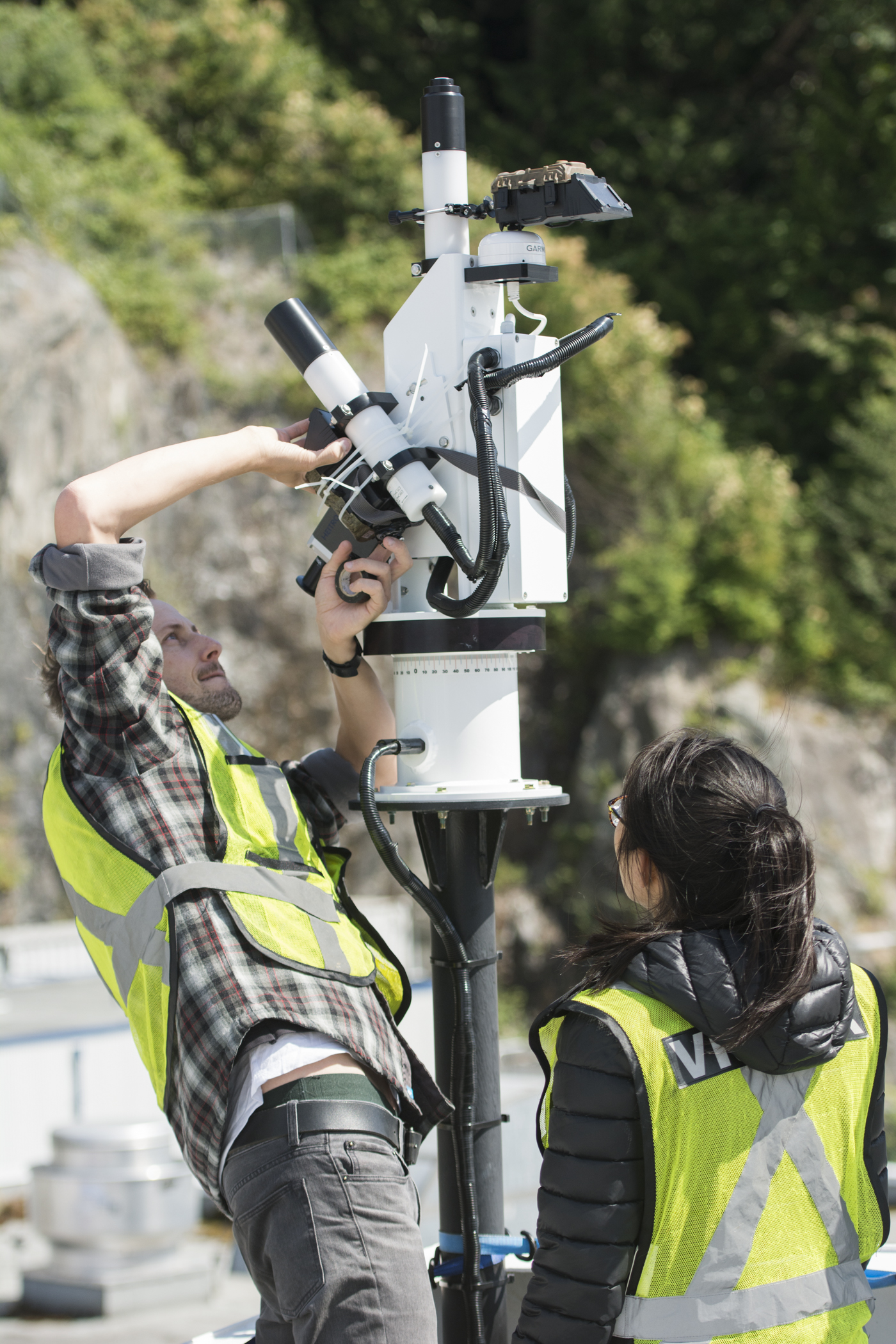Nicola Houtman
Contact: nicolahoutman@gmail.com
MSc Geography, University of Victoria
BSc Geography, University of Victoria
Nicola Houtman is a Master’s candidate interested in mapping important forage fish species in the Strait of Georgia in order to learn about important areas for conservation for their endangered predators (Chinook and marbled murrelets). The ecology and distribution of many of British Columbia’s forage fish are undocumented due to limited fisheries targeting forage fish, the focus on species or stock specific management rather than ecosystem-based management, and the highly mobile or migratory life history of forage fish species. In particular, the distribution of pelagic (i.e. water column) foraging habitats of forage fish is virtually undocumented for Pacific sand lance (Ammodytes personatus), Northern anchovy (Engraulis mordax), and surf smelt (Hypomensus pretiosus).
The main research goal of this project is to map forage fish distributions in pelagic habitats in the Strait of Georgia. The project will be accomplished by:
1) Creating species distribution models that can predict the locations of Pacific sand lance, surf smelt, and Northern anchovy (three key forage species with little distribution data).
2) Developing a methodology for using remotely piloted aircrafts (RPAs, i.e. unmanned aerial vehicles or drones) to map schools of forage fish in the field, and identify species and school metrics (e.g., average fish size, school size).
3) Visiting the areas predicted as high and low probability of fish presence by the models and using the RPA methodology I develop to ground-truth the models (i.e. try to find fish).
This project is in collaboration with Project Watershed, Parks Canada, and the Department of Fisheries and Oceans.

